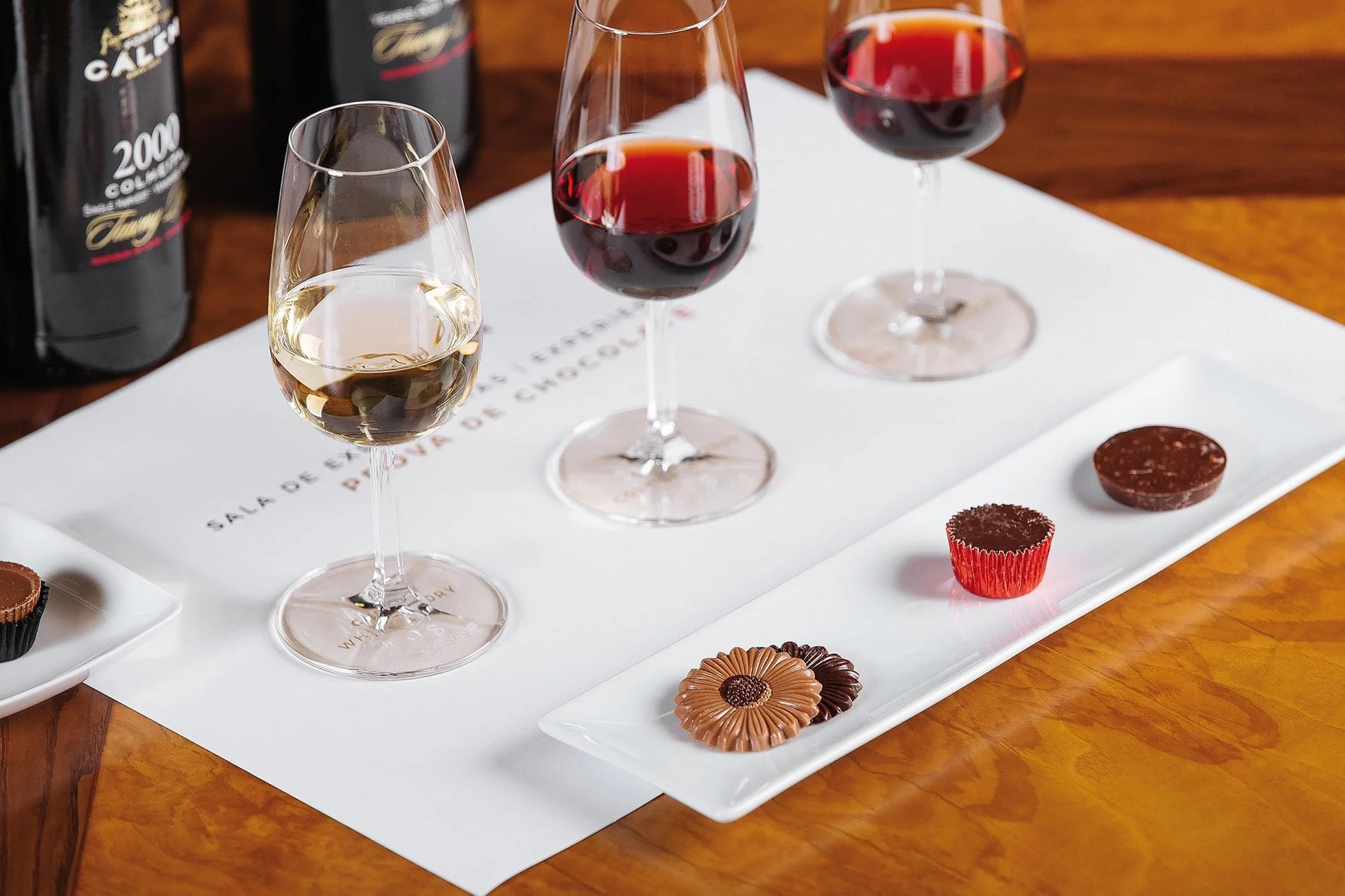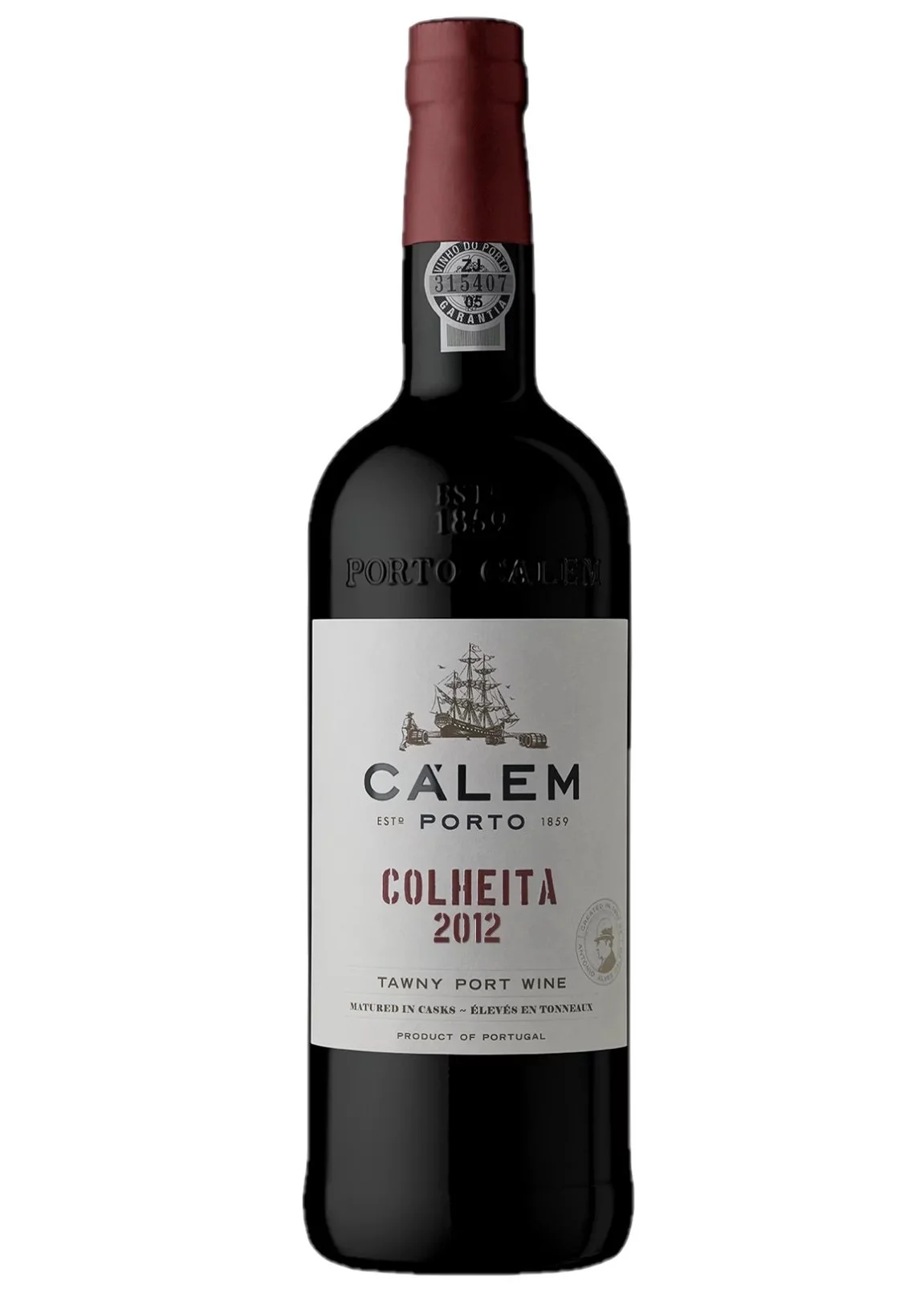
Colheita port
Colheita Port Wines: A Journey Through Time
Colheita Port is a distinctive type of Port wine that has garnered a well-deserved reputation amongst wine enthusiasts around the world. Its richness, complexity, and depth of flavor are a testament to the painstaking care and time-intensive methods employed in its production. This article will delve into the unique characteristics and the creation process of Colheita Port wines, while offering some insights into the tradition and heritage of this extraordinary wine style.
What Is Colheita Port?
Colheita (pronounced 'col-yate-a') is a Portuguese word meaning "harvest". In the context of Port wine, a Colheita refers to a Tawny Port made from the grapes of a single vintage year. Unlike Vintage Ports, which age predominantly in the bottle and are generally released shortly after harvest, Colheita Ports are aged solely in wooden barrels for a period that usually spans several decades.
Though Colheita is often compared to other Tawny Ports, it stands out due to its single vintage nature. Unlike blended Tawny Ports that combine various years, Colheita provides a snapshot of a specific year’s harvest and weather conditions.
Production Process of Colheita Port
The journey of a Colheita Port begins in the vineyard. Quality grapes are of utmost importance as they contribute significantly to the wine’s complexity and flavor. Following the harvest, the grapes are usually foot-trodden in traditional stone "lagares" or mechanically pressed to extract juice and color from the skins.
After pressing, the grape juice is fortified with grape spirit (aguardente) to halt fermentation, preserving some of the grape’s natural sugars and boosting the alcohol content. This is a critical step in creating Port's signature sweet and strong profile.
The newly fortified wine is then moved into large oak barrels, also known as "pipes", where it embarks on a long maturation journey. Here, the Colheita Port interacts with the wood and the small amounts of oxygen entering the barrels, leading to slow oxidative aging. This process imparts a distinctive array of flavors and a delicate tawny color to the wine.
Portuguese law mandates that Colheita Port must age in wood for a minimum of seven years, but in practice, many Colheita Ports are aged much longer, often for decades. The release of a Colheita Port is always an event, as these wines can offer a remarkable tasting experience, representing the characteristics of their specific vintage year.
Flavor Profile of Colheita Port
Over time, Colheita Ports develop a fascinating medley of flavors and aromas. Early in their maturation, they may display fresh fruit flavors, similar to Ruby or young Tawny Ports. However, as the years pass, they evolve, losing their bright fruitiness and gaining complex tertiary aromas and flavors such as dried fruits, nuttiness, caramel, and spice. They also become mellower and smoother with age.
Their color also transforms, shifting from the deep ruby of young Ports to a lighter, tawny hue. The exact flavor and color profile of a Colheita Port can vary depending on the vintage, the vineyard, and the aging process.
The Legacy of Colheita Port
One of the most appealing aspects of Colheita Port is its connection to the past. When you sip an aged Colheita, you're tasting a piece of history, a snapshot of the climate and conditions of a single year, preserved in liquid form.
The care and patience involved in creating these wines are a testament to the skills and traditions of the Douro Valley's winemakers. From tending the vineyards to aging the wines, producing Colheita Port is a labor of love
Gastronomy and Colheita Port: A Symphony of Flavors
The world of gastronomy is an exciting playground for pairing food and wine. Among the plethora of options, Colheita Port stands out for its rich, complex flavors and remarkable versatility. This article explores the captivating universe of food and Colheita Port pairings, demonstrating how this unique wine can elevate your dining experience.
An Introduction to Colheita Port
Colheita Port is a unique style of Port that has captured the hearts of many wine enthusiasts. Produced from grapes harvested in a single year, Colheita Port undergoes a lengthy aging process in wooden barrels, often spanning decades. The resulting wine is rich, mellow, and incredibly complex, with a spectrum of flavors ranging from caramel and nuts to dried fruits and spices. Its unique characteristics make it an excellent companion to a wide variety of foods.
Pairing Colheita Port with Food
Colheita Port's complexity and rich flavor profile offer numerous pairing possibilities. The secret to successful pairing lies in the balance - neither the food nor the wine should overpower the other. They should instead complement and enhance each other’s flavors. Here are some general guidelines for pairing Colheita Port with food:
1. Match the Intensity: Opt for foods that can match the intensity of the Colheita Port. Rich, flavorful dishes generally work well.
2. Balance Sweetness: When pairing with desserts, ensure that the dish is not sweeter than the wine to avoid making the wine taste bitter or bland.
3. Explore Contrasts: Contrasting flavors can create an exciting palate experience. For instance, the sweetness of Colheita Port can be wonderfully balanced by salty and savory foods.
4. Consider Texture: The rich, velvety texture of Colheita Port pairs well with equally sumptuous foods.
-
-
-
Touriga Franca, Touriga Nacional, Tinta Roriz, Tinta Barroca, and Tinto Cão
-
-
19-21%
-
1. Consistent Temperature:
Colheita Port should ideally be stored at a consistent temperature of about 13-16°C (55-60°F). Significant fluctuations in temperature can negatively affect the quality of the wine.
2. Humidity:
The wine storage area should be relatively humid, ideally about 60-70%. This helps prevent the cork from drying out, which could allow air to enter the bottle and spoil the wine. However, too much humidity can lead to mold and label damage.
3. Position:
Unlike wines that need to mature in the bottle, Port wine, once bottled, does not benefit from further contact with the cork. Therefore, Port bottles can be stored upright.
4. Light:
Keep your Port in a dark place, as exposure to light, especially direct sunlight, can degrade the wine over time.
5. Vibration:
Try to store your wine in an area with minimal vibrations, as constant movement can potentially disrupt the aging process.
After opening, Colheita Port can last several weeks to a month if re-corked and stored in the refrigerator, thanks to its long oxidative aging process before bottling. Remember to serve it slightly chilled, between 12-16°C (53-60°F).
Food Courses to Pair with Colheita Port
Let's delve into the different food courses and discover how each can be paired with Colheita Port.
1. Appetizers: Start off your meal with a pairing of Colheita Port and strong, mature cheeses such as blue cheese, Roquefort, or Stilton. The creamy, salty nature of these cheeses balances beautifully with the sweetness of the Port. Nuts like almonds and walnuts are another excellent pairing, harmonizing with the nutty undertones of the wine.
2. Main Courses: While it might be unconventional to pair Port with main courses, certain dishes, particularly those with rich, intense flavors, can pair surprisingly well with Colheita Port. Try it with a duck confit or dishes that feature dark chocolate or berry-based sauces.
3. Desserts: This is where Colheita Port truly shines. Pair it with desserts featuring flavors of caramel, nuts, and dried fruits, such as tarte tatin, pecan pie, or a rich crème brûlée. Chocolate desserts, particularly dark chocolate, also pair exceptionally well due to the similar bitter-sweet flavor profiles.
4. After-Dinner: Colheita Port is a classic after-dinner drink. Paired with a small plate of nuts and cheeses or simply enjoyed on its own, it serves as a perfect conclusion to a meal.
Colheita Port’s ability to enhance a culinary experience is unmatched. The rich tapestry of its flavors and the diversity of its potential pairings make it a fantastic companion to many gastronomic adventures. Whether you're a food enthusiast or a wine connoisseur, exploring the pairing of gastronomy and Colheita Port promises a journey





